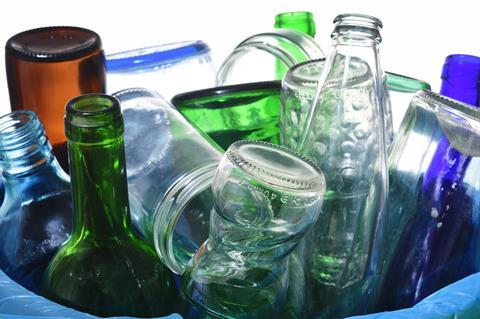
A third of the environmental impact of supermarket packaging stems from beers, wines and spirits and non-alcoholic drinks, according to new research highlighting where action should be targeted.
Add dairy and sauces to BWS and non-alcoholic drinks, and together they account for half of the of the total environmental impact of supermarket packaging, according to the report by IGD.
The grocery research business has produced a colour-coded environmental ‘heat map’ of a store, with the soft drinks and BWS section in orange and magenta, indicating the greatest overall impact. Blue and green indicates the lowest overall impact, including the pasta, noodles and rice aisle, accounting for 0.4% of the overall impact.
The heat map has been launched to help retailers and suppliers working towards an ambition set in 2021 by IGD of halving the environmental impact of all packaging by 2030. A follow-up IGD report last year found meeting the 2030 ambition would require at least a 20% reduction in the amount of packaging put on the market.
“Our latest report will provide insights helping businesses to target their action, which is key to driving positive change and meeting the ambition,” said Mark Little, IGD director of sustainability programmes.
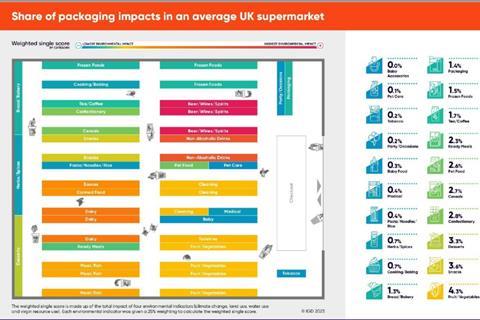
IGD created the heat map based on data from environmental compliance firm Valpak, covering key product categories from January to December 2019. The data was used to assess the categories for their impact on climate change, water use, land use and use of virgin resources – the same four assessments that were used in baseline analysis for the 2030 ambition.
The latest analysis also found meat and fish accounted for 5.1% of the total impact and fruit & veg accounted for 4.3%. Both are in shades of orange in the heat map.
It comes after supermarkets recently scaled back ambitions to switch to loose fruit & veg, with industry climate change body Wrap announcing a new timeframe. The new target is for 30% of fresh fruit & veg packaging to be removed by 2025, rising to 50% by 2023. Previously the aim had been for 80% to be removed by 2025.
Wrap head of business collaboration Helen Bird said at the time that consumer appetite for loose fruit & veg remained below pre-Covid levels.
Sainsbury’s was this week forced to defend a move to reduce plastic packaging for mince when a new vacuum pack was criticised by shoppers on social media, with one calling it “very medical”.
Sainsbury’s director of fresh food Richard Crampton said: “We know customers expect us to reduce plastic packaging and we are committed to making bold changes for our customers and the environment. This small change makes a big difference, more than halving the plastic used in our beef mince range and also reducing food waste.”









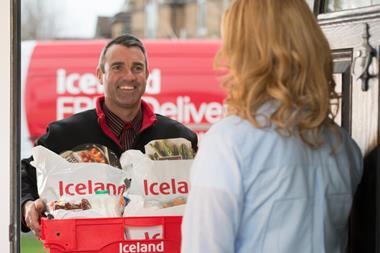
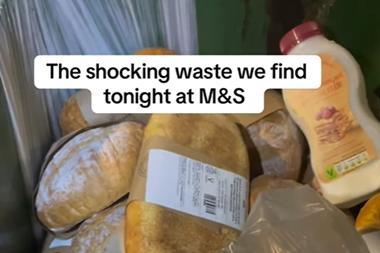
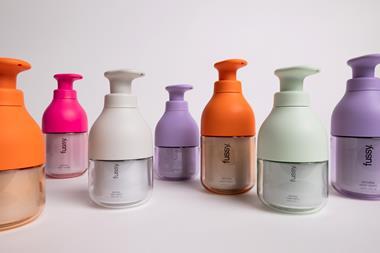

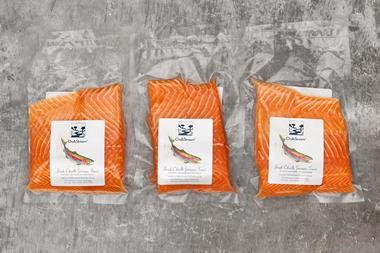


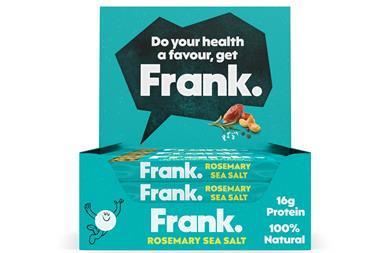
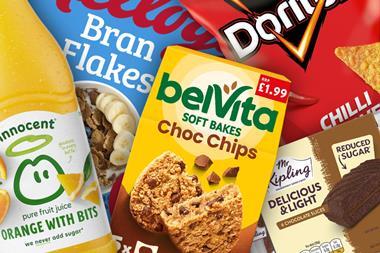
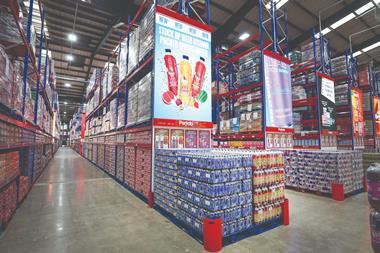
No comments yet